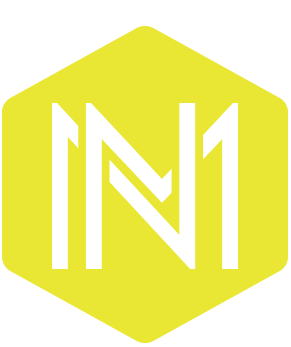Understanding the differences between offset and digital printing when printing any sorts of materials will ultimately save you money and produce the most visually pleasing results.
Offset printing is the process of transferring ink from plate to rubber roller to paper. If you're producing something full color, you'll use 4 plates: cyan, magenta, yellow, and black, or CMYK. As the paper rolls through all 4 inked plates within the machine, the inks are layered one on top of the other to create the final full-color image.
PROS
• high-quality job with consistent results
• inexpensive for large print runs
• accommodates unusual/thick materials
CONS
• slow
• expensive for short runs
• no customization without added costs
Because this process uses custom plates, there are set-up charges, but once you start printing, the individual price per print is incredibly low. Let's do an example:
set up charges - $500
price per print - 1¢
100 prints - $510
10,000 prints - $600
Digital printing is a much simpler process in which the image is transferred directly to the printer digitally, avoiding the plates completely.
PROS
• speed
• inexpensive for small print runs
• able to customize per piece
CONS
• color inconsistencies
• limited paper options
• mediocre results
Because this process doesn't involve set up, there are no upfront charges, but the price per print is more expensive. Let's use the same example:
set up charges - $0
price per print - 20¢
100 prints - $20
10,000 prints - $2,000
The decision between offset and digital comes down to a few key factors: money, time, and quality. Knowing the pros and cons of each process will help you make a more informed decision and produce the best quality results for your specific printing situation.






